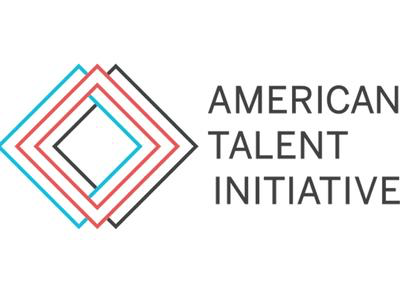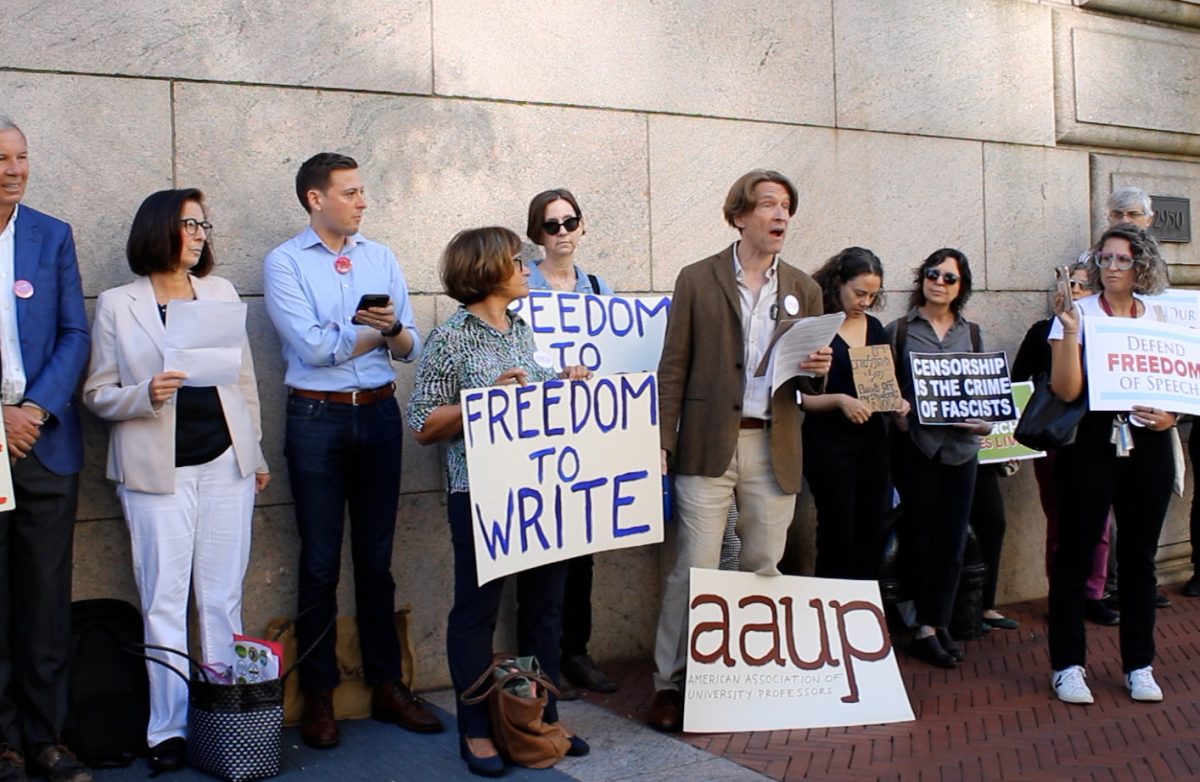
According to a recent American Talent Initiative (ATI) report, 320 colleges — including Hamilton College — are on track to enroll 50,000 additional high-achieving, low-income students by the year 2025.
The ATI brings together a diverse group of top colleges and universities dedicated to expanding access to quality education for lower-income students. In pursuit of this goal, member institutions work to enhance their individual efforts to recruit and support lower-income students as well as work together with the other member institutions to make their processes more efficient.
The organization was originally founded by a group of 30 institutions, but the ATI is now a much larger organization that consists of a subset of 320 colleges and universities with consistent graduation rates of at least 70 percent of their students for the past six years. This includes a mix of public and private colleges, as well as universities, from all over the country.
The majority of NESCAC schools currently are working with the organization to enroll high achieving, low income students. In addition to Hamilton, Wesleyan University, Trinity College, Middlebury College, Conneticut College, Colby College, Bowdoin College and Bates College have joined the movement.
The ATI was founded in 2016. Founders were inspired by conclusive research that showed that low- and moderate-income students are much less likely to graduate with a college degree than peers from higher income families. The ATI also found that academically high-achieving students from low-income families were less likely to enroll in the elite colleges that they were academically suited to attend, indicating a significant opportunity gap in higher education enrollment between low-income and higher-income students.
The ATI believes that all qualified students deserve the same opportunity to access an excellent college education regardless of zip code and income level. ATI members focus on developing their own efforts to attract, enroll, and graduate lower-income students and believe that by collaborating, they can bring about a scale of national change that no institution could accomplish alone.
The initiative is funded by Bloomberg Philanthropies and coordinated by the Aspen Institute’s College Excellence Program and Ithaka S+R. When working with the philanthropy and research communities, the institutions share their progress through regular publications that will serve as references to help other colleges and universities expand their opportunities for lower-income students.
In just two years, the ATI-eligible colleges and universities have made it 40 percent of the way to their goal of enrolling 50,000 additional students by 2025. Collectively, they have added 20,696 students who qualify for Pell grants, which are federal need-based grants typically awarded to students who come from the bottom 40 percent of the income distribution. This number reflects the total enrollment increase from all ATI-eligible institutions, but the 128 institutions that have joined ATI contributed disproportionately to this progress: ATI members account for 54 percent of all undergraduates enrolled at ATI-eligible institutions, yet they were responsible for 62 percent of the progress towards their goal.
As an ATI member institution since 2018, Hamilton has dedicated itself to increasing opportunity and socioeconomic diversity among its students. The College has implemented various measures likely to have a significant impact on enrollment and support for lower-income students.
Hamilton is celebrating its 10th year of need-blind admission and is committed to meeting the financial need of all students. Furthermore, 21 percent of students in Hamilton’s most recently admitted class of 2023 qualify for Pell grants, which is a four percentage-point increase from five years ago.
The report outlined that the most successful institutions found the following practices crucial to expanding access and opportunity on their campus: committing to a comprehensive strategy at the leadership and board level with the investment of resources to support it, moving beyond traditional pipelines of incoming students, prioritizing need-based aid and ensuring that all students are set up to thrive.

















